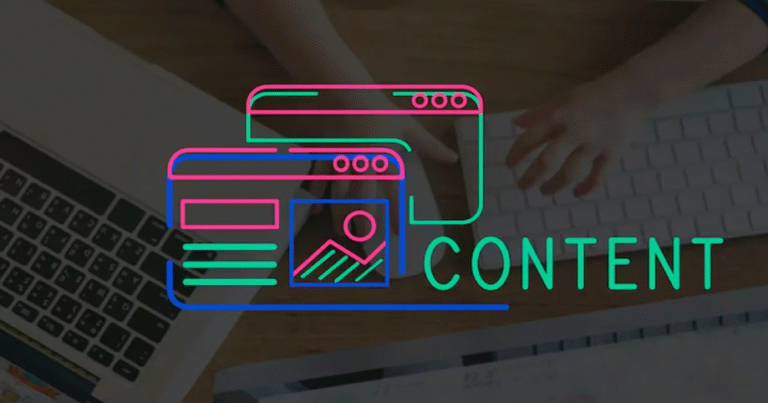The URL content://cz.mobilesoft.appblock.fileprovider/cache/blank.html appears to be a reference to a file that is stored on an Android device, using a content provider to access it. Here’s a breakdown of what each part of this URI means:
1. content://
- Scheme: content:// is the URI scheme used in Android to access data that is provided through a content provider. A content provider acts as an intermediary between an Android app and shared data (such as files, databases, or other data managed by apps). This scheme helps the app access and manage data in a standardized way, without directly interacting with the file system or databases.
- It’s used when data is abstracted into a content provider, meaning it’s not accessed directly via file paths or database queries but through a formalized interface that the Android system manages.
2. cz.mobilesoft.appblock.fileprovider
- Authority: This part refers to the specific content provider authority. In this case, it looks like the authority is related to an app (likely named AppBlock), with the package name cz.mobilesoft.appblock (likely an Android app developed by “MobileSoft” in the Czech Republic).
- FileProvider: This part suggests the app is using a FileProvider. A FileProvider is a special subclass of ContentProvider that allows secure sharing of files between apps. Instead of granting apps direct access to your file system, it provides a way to grant access to specific files through secure URIs, making it easier to share files between apps.
3. /cache/
- Cache Directory: The /cache/ part refers to the location of the file within the app’s file storage. In Android, apps can use the cache directory to store temporary data that doesn’t need to be persistent. The data here is generally used for things like storing cached web resources, temporary files, or intermediate data that can be cleared when needed.
4. blank.html
- File Name: Finally, blank.html refers to the file itself. In this case, it’s an HTML file that might be blank or have minimal content. It could be used as a placeholder or temporary file created by the app. The app might be generating or working with this HTML file for purposes like web view rendering, offline storage, or caching of web-related data.
Conclusion:
This URI points to an HTML file (blank.html) that resides in the cache directory of the AppBlock app (based on its package name cz.mobilesoft.appblock). It is being accessed through a FileProvider, a component used to securely share files between different Android apps.
If you’re using the AppBlock app or trying to access or debug something related to it, this could be a temporary file generated by the app that you’re looking at. You’d typically see such URIs in logs or within app configurations for file sharing or temporary storage purposes.
If you’re trying to view or edit this file, you would need to do so through the app that generated it or access it programmatically via the ContentResolver in Android.

